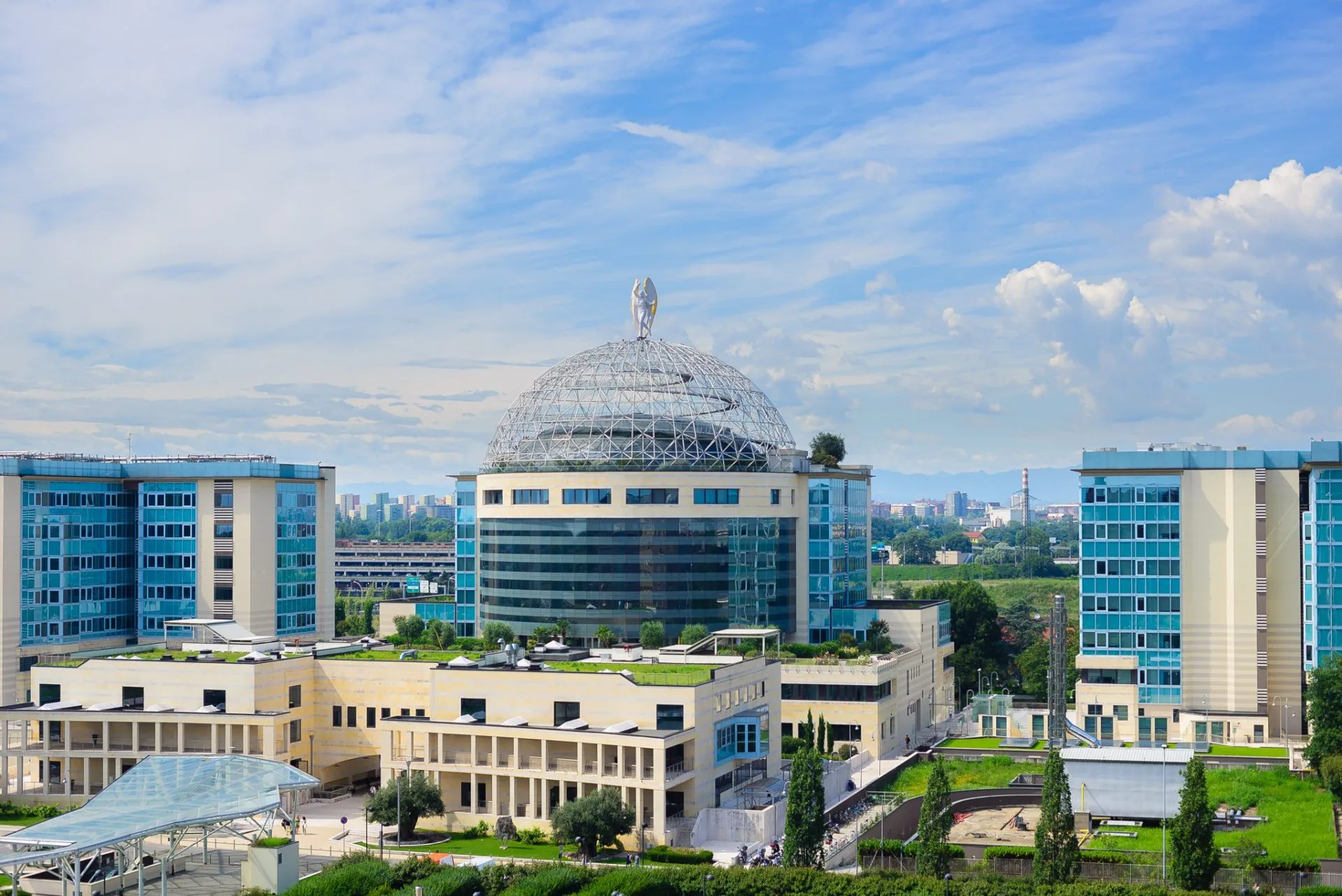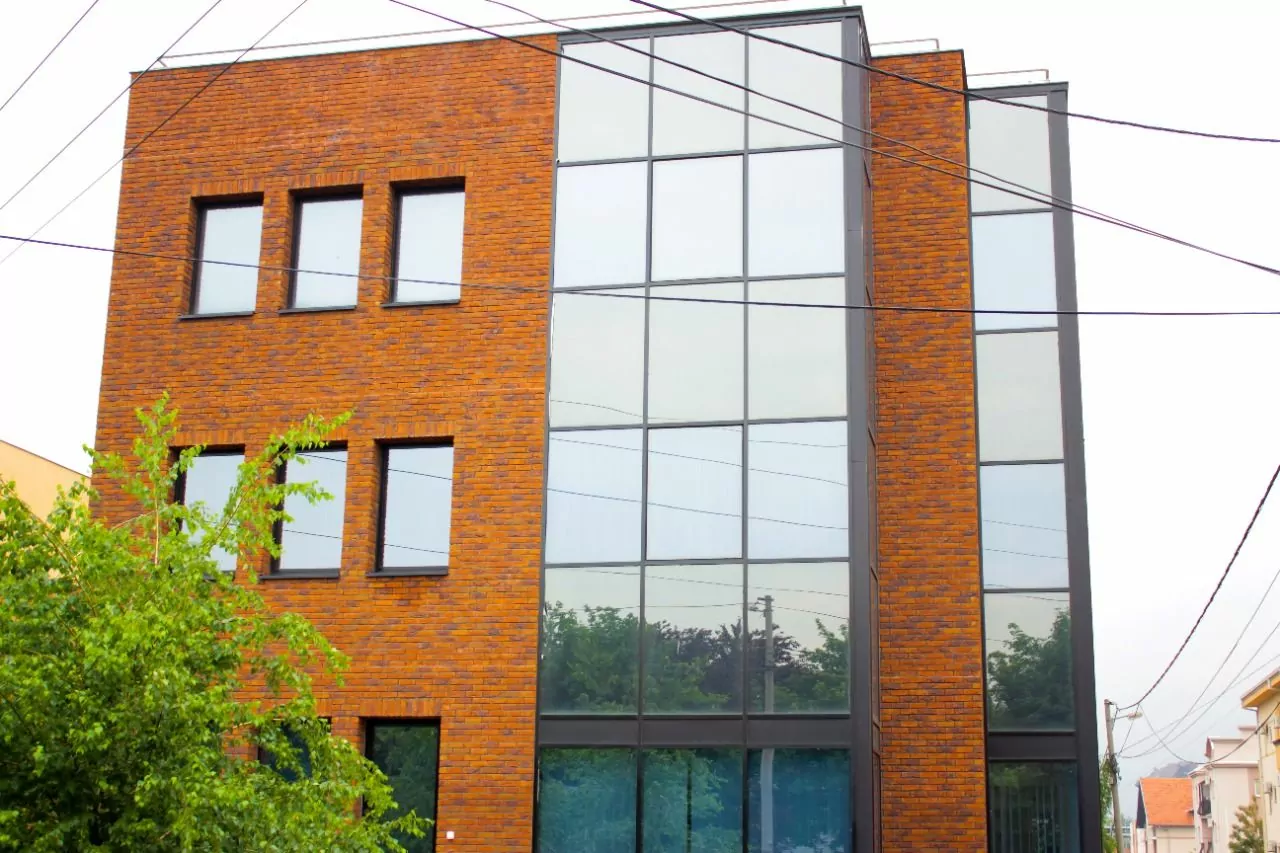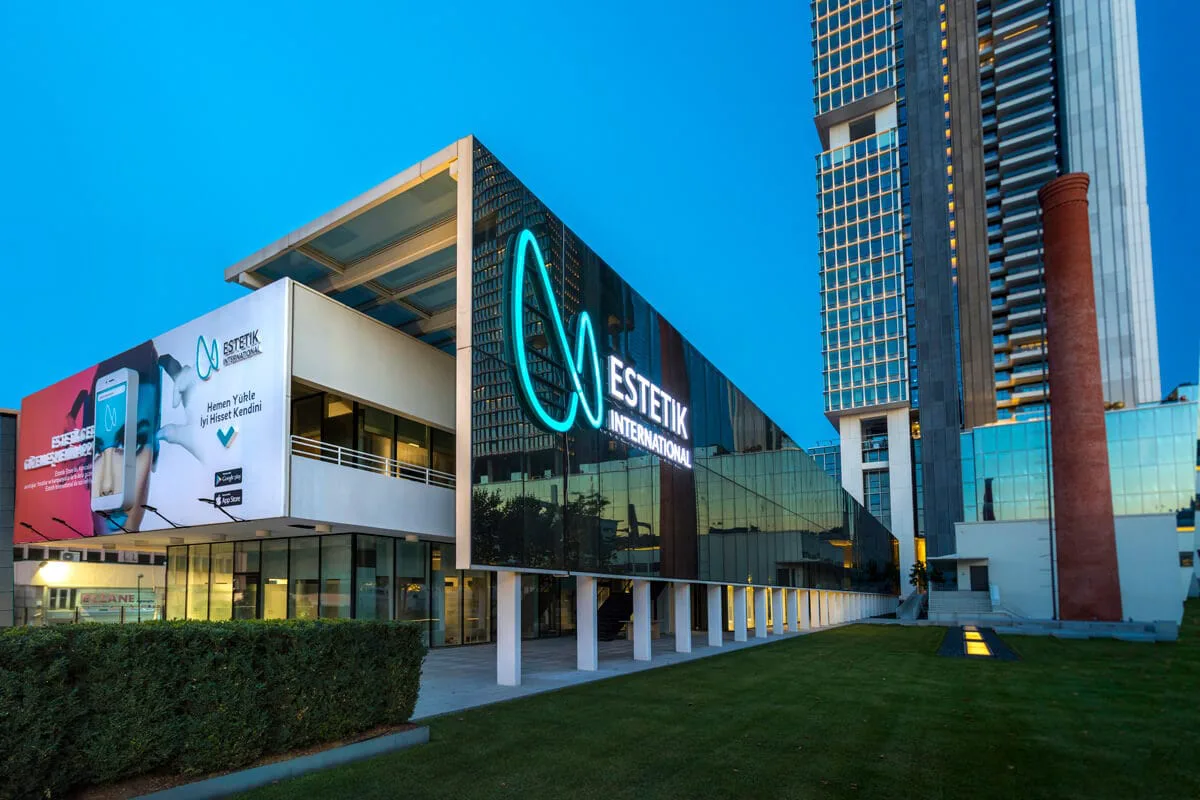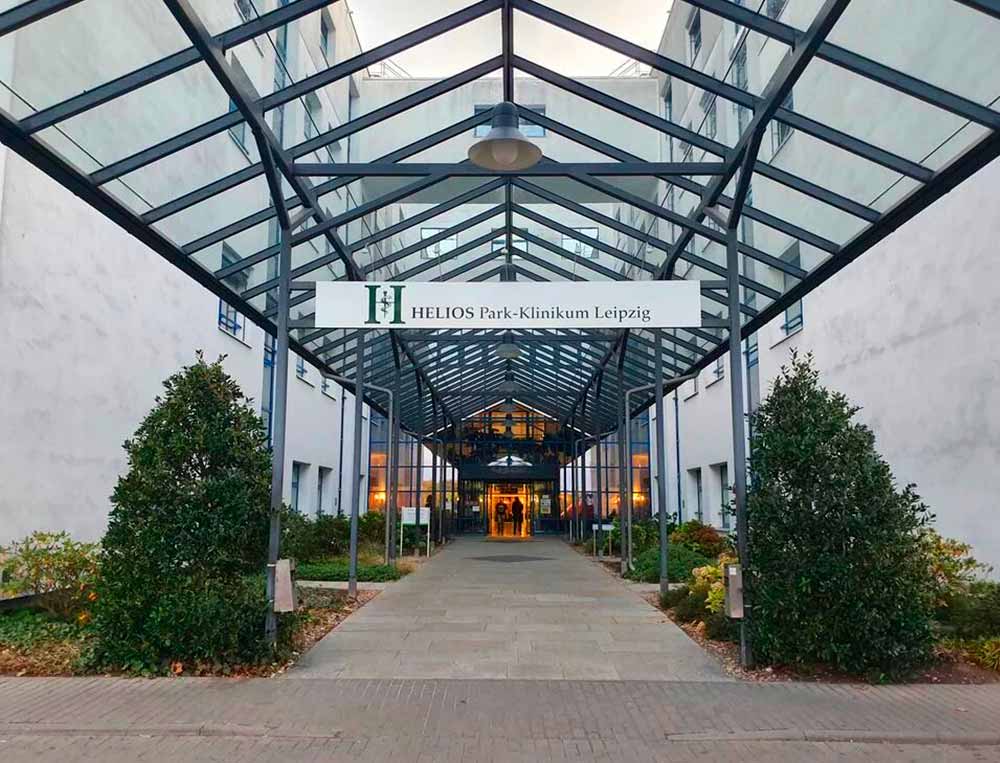What are Liver Cysts?
Liver cysts are the formation of sacs with liquid. They’re almost all benignant and small in size. Only cysts appearing due to hereditary diseases can be malignant – they require treatment and surgical intervention.
Formations majority are non-cancerous small sized masses that don’t manifest symptoms or complications. But there’s a likely cyst being of malignant nature. There are 2 classes of cyst of the liver:
- echinococcal – caused by various helminths transmitted to humans from animals. If pathology isn’t detected in time, then subsequently a person may become ill with eosinophilia, etc.
- polycystic liver – infrequent hereditary disease occurring in 1-10 people out of 100,000. This disease develops several benignant cysts of large grape size. Until adulthood, disease symptoms appear only in 20% of people with pathology. Over years, the liver enlarges in patients, causing bloating and disturbance.
What causes liver cysts?
Initially, almost every cyst of the liver has unknown cause. They grow slowly and may not be detected by doctors until the person is of age. But there are pathology groups motivated by, for example, parasite echinococcus.
Liver cysts symptoms
Often, liver cysts don’t show any presence signals and, accordingly, there are no symptoms. But occasionally they can still be identified by some manifestations.
- Dull pain in abdomen.
- Bloating.
- Nausea.
- Appetite absent or rapid satiety from a small food amount.
- Lack of air breathing.
- Large balls sensation in abdomen.
- Jaundice – occurs if bile ducts are blocked by cysts.
- Fever and heavy abdomen pain – felt in case of cyst rupture.
Liver cysts diagnosis and treatment
Doctors often pay attention to cystic masses when they’re doing some other research using imaging methods. Tests’ list is as follows.
- Ultrasound – using sound waves,internal organs images and videos are created.
- CT – creation of a three-dimensional tissues and bones image.
- MRI – getting well-defined organs images.
Having discovered cyst in liver, doctor sends the patient for a more accurate and detailed diagnosis, to exclude polycystic illness and other things. They include:
- physical examination;
- serodiagnostic tests – help identify specific antibodies in blood samples;
- enhanced ultrasound.
Removal of large non-cancerous and precancerous pathologies can be carried out by following liver cysts treatment ways.
- Percutaneous aspiration – needles and catheters are inserted into the formations with ultrasound or CT, after which fluid is drained.
- Cystic fenestration -the walls of the cyst are removed.
- Liver resection – surgeons remove the affected parts of the liver.
- Transarterial embolization – anticancer agent injection into arteries supplying the liver. Then the drug is also injected, suppressing any movement of the anticancer agent, leaving it exactly at the site of localization.
- Surgery to remove a cyst.
- Liver transplant.
How serious are liver cysts? Benign pathology will not harm organisms. If the nature of the cyst is dangerous and of poor quality, it carries a potential threat. Nevertheless, surgical pathology removal is successful in 90% of cases.










